Probable Water Stains on Mars
Dust or Liquid Stains?
Some of my arguments against these just being dust stains is as follows:
A) Mars has severe wind storms, even at it's low atmospheric pressure; as evidenced by dust storms, dunes, wind streaks and wind formed land features (i.e.yardangs). If these stains are the result of a very fine dark dust emission, then why are do the stains still retain their streaked shape and are not dispersed by the wind?
B) As in image 1, there are many MOC images of stains in varying degrees of fading or lighter shades of gray. This would indicate either aging, dust cover, or evaporation.
C) If this is some type of liquid then how could it be in liquid form in the extreme cold and low atmospheric pressure? What comes to mind is some form of antifreeze or that this liquid is not made of water.
D) Here is an image which shows stain trails creating run-off erosion (image 2).
E) Image 3 shows stains unaffected by Martian winds in a heavy dune area.
F) Images 4, 4a shows wind streaking action. Why is this wind erosion not visible on the black stains? (More wind streak images here •)
Pros and Cons:
Someone sent me some email stating that these are just dust stains. To be fair and open minded I am including his argument.
Go down to the supermarket and purchase several boxes of Johnson's Baby Powder, then go out to the garage and pour the powder over a 2X2 foot square piece of rough plywood forming a layer about 1/8 inch thick. Tilt the plywood until the powder starts to "flow" down the surface, I think you will see some interesting behavior. Next cover your plywood again and tilt it a little less, so the powder doesn't all flow down, then with a straw blow on the surface at a shallow angle to clear away some sections of powder. Again, you should see some interesting effects. Mars is covered with a mantle of extremely fine dust, as fine as talcum powder. The movement of this fine mantle through gravity and wind action creates the patterns you see. Also, you are evidently being mislead by the high contrast of these images. To the human eye the contrast between the dust streaks and the surrounding terrain would be very subtle. In order to make the features more visible the contrast has been stretched in most cases.
I had done a similar 'thought' experiment except I used Argo Corn Starch, as it's powder is more viscous. But my argument goes back to the wind, especially if this dust is as fine as the above, then why is there no evidence of wind erosion in any of the stain images???
Back
to main Palermo Anomalies page ![]()
Click here to download a .pdf
paper of this web site ![]()
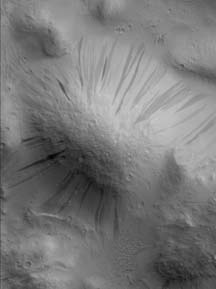
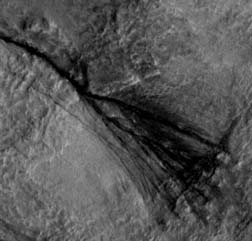
Image 2. Stains in run-off grooves.
Image 1.Here is a radially streaked Butte. Winds will have blown through this area from different directions and at varying strengths. Yet the streaks still retain their shape, form and downward paths.
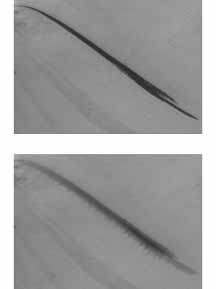
Image 5. The top image is untouched, the bottom image was modified to show probable wind effects if these were fine dust land slides.
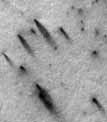
Image 4a. Another obvious wind streaking action. m0803468b.jpg
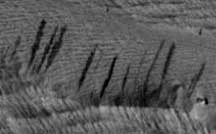
Image 4. A patch of black dispersed by the winds of Mars. m0300471d.jpg
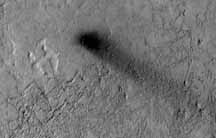
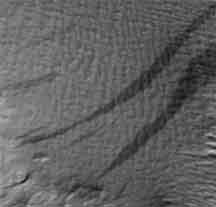
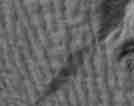
Image 3. These streaks are running at an angle to wind driven dunes. The wind has not affected the dark stains. If these were black dust ejecta then why hasn't the wind changed it's shape while forming dunes?? m0204485
Right images: fha011/fha01100b.jpg & fha011/fha01100c.jpg